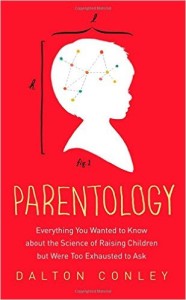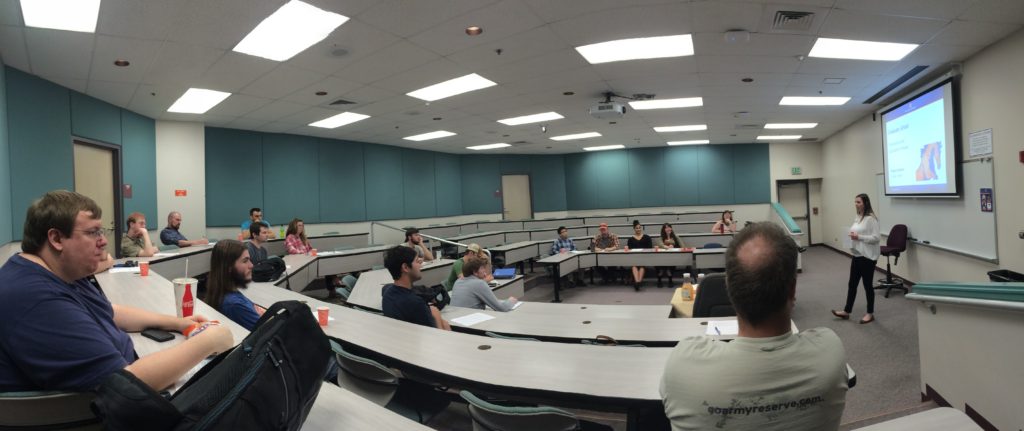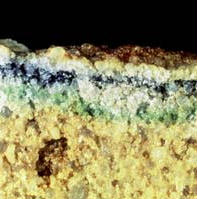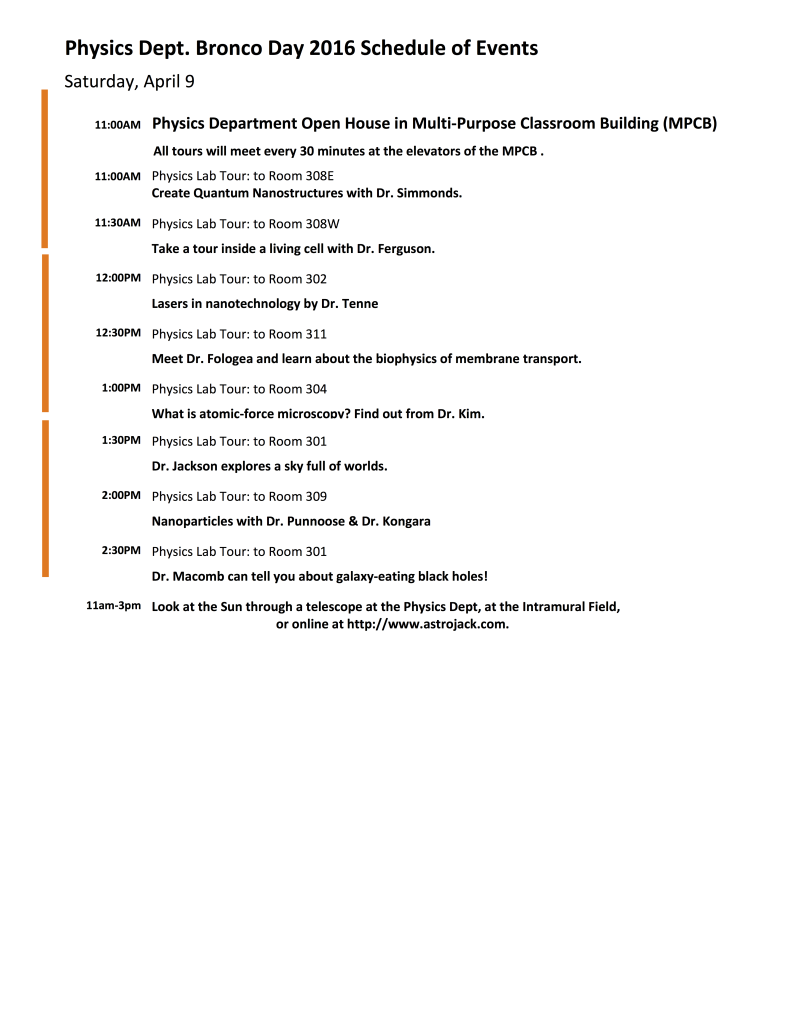Spent all day today making a short video illustrating free precession of a disk. I’ve embedded the video below, and I’ve posted the equations in the video here. Earth also exhibits free precession, called Chandler wobble.
Archives
All posts for the month April, 2016
 In the three years since my daughter was born, the one lesson I’ve managed to wrench for the morass of toddler tantrums and sleepless nights is that, like all people, children are complicated and no two are exactly alike. However, decades of childhood development studies have shown at least one interesting (if sad) commonality — stress during childhood can stunt a child’s mental (and even physical) growth.
In the three years since my daughter was born, the one lesson I’ve managed to wrench for the morass of toddler tantrums and sleepless nights is that, like all people, children are complicated and no two are exactly alike. However, decades of childhood development studies have shown at least one interesting (if sad) commonality — stress during childhood can stunt a child’s mental (and even physical) growth.
Like our understanding of child development, our understanding of the formation and evolution of planets, from the largest gas balls to the smallest icy specks, is still in its infancy. And the bewildering variety of exoplanets discovered in recent years has challenged even the fledgling comprehension we once had.
Particularly puzzling is the class of exoplanets known as sub-Neptunes or super-Earths. These planets are somewhere between the Earth and Neptune in size, many rich in hydrogen and helium. Even though they seem to be the most common type of planet in our galaxy, how they form is still an open question.
We understand a little better, though, how they grow up, and a recent paper by Chen and Rogers develops a new model to track the evolution of super-Earths after they form, as the planets age over billions of years.
The study applies this new model to investigate how we can use the size of a super-Earth to determine what the planet’s made out of. Normally, you’d need at least a planet’s mass AND size to constrain its composition, but several recent studies, including Chen and Rogers’s, show that the size of a super-Earth is mostly sensitive to the mass of its atmosphere — add just a little atmosphere to a super-Earth, and its radius blows up a lot. This result is hugely useful since most exoplanets only have their radius, not their mass, measured.
Chen and Rogers also explore the effects of atmospheric loss on super-Earths. Many known exoplanets are so close to their host stars that they are actively losing their atmospheres to space. Chen and Rogers show that this mass loss can completely remove the atmospheres of a very small super-Earth and remove a lot of the atmosphere from a large super-Earth, like childhood stress, leaving the planet stunted.
The upshot is that super-Earths with atmospheres that are small but not too small (about 1% of the planet’s mass) preferentially retain the atmosphere. Consistent with other studies, this result helps explain the otherwise puzzling frequency of super-Earths with smallish atmospheres.
In this age of open-source code, Chen and Rogers plan to make their model publicly available. So soon anyone will be able to raise a super-Earth from adolescence into adulthood and finally senility.
Yesterday, we in the Physics Dept. hosted a discussion panel for our undergrads about graduate school — how to decide where to go, how to apply, what to do when you’re there, etc. The panel comprised folks involved, enrolled, or formerly enrolled in graduate school, including Sheenah Bryant, Vince Isakson, Kinzi Poteet, and Fan Ming. Lots of good questions, discussion, and presentations (which I’ve posted below).
Thanks to Megan Boatman in Boise State Career Services for her help organizing.
 As a way to spur myself to read more, I’ve decided to start writing short blog posts about books once I’ve finished them. This will also help me keep track of what I read (I usually forget within a few weeks). Just yesterday, I finished another book (next up: Goodwin‘s The Bully Pulpit!), and here are my thoughts, FWTW.
As a way to spur myself to read more, I’ve decided to start writing short blog posts about books once I’ve finished them. This will also help me keep track of what I read (I usually forget within a few weeks). Just yesterday, I finished another book (next up: Goodwin‘s The Bully Pulpit!), and here are my thoughts, FWTW.
Since my daughter was born a few years ago, I’ve tried to educate myself a bit on the science of parenting and have encountered several books on the subject. Unfortunately, a lot of them are filled with platitudes and anecdotes, not a lot of hard science. However, at some point last year, I came across Dalton Conley‘s Parentology.
It’s definitely not a parenting-how-to book, but it’s full of scientifically informed insight and humor about the author’s personal experience raising his children. Conley draws on the latest sociological, genetic, and economic research, as well as his own scientific work, to paint a picture of the current understanding of child development and the role parents play.
Although Conley sometimes discusses elements of his own life story that aren’t directly relevant to the narrative, mostly his personal experiences serve to color and illustrate the research discussed. As a professional scientist myself, his fearless approach to parenting really resonated with me, and I especially appreciated that he didn’t fill his book with fluff.
Today, in physics, we hosted Prof. Nancy Chanover of New Mexico State Astronomy for our departmental seminar. Chanover gave a fascinating talk on her work developing acousto-optical tunable filters (AOTFs) to look for life in exotic terrestrial environments and on Mars.
AOTFs involve the application of an oscillating radio signal to a birefringent crystal. By applying the right frequency to the crystal, the crystal can be made to filter out light of very specific colors. Measuring the filtered light that comes out allows one to measure the colors of a object — is there more red light that filters through than blue, for instance?
One big advantage of these AOTFs is that they can produce spectra of rocks, minerals, anything that is colored, without any moving parts, and no moving parts is a big plus when you send an instrument to another planet.
In her talk, Prof. Chanover discussed her group’s work to develop AOTFs and techniques to analyze the emergent spectra and identify minerals on planets or moons in our solar system. Different minerals can have distinctive colors, and so taking the spectrum of a Mars rock, say, could allow us to identify its composition, without having to vaporize the rock to chemically analyze it.
The same technique could be used to look for Martian life. In some cases, extremophiles on the Earth leave tell-tale coloration in rocks (see figure at left), and so Martian life (if it exists) might do the same. Prof. Chanover’s group is looking for the distinctive spectral signatures of terrestrial biota in hopes of sending an AOTF to Mars and looking for life there, particularly in caves, which might be especially hospitable for life.
As a precursor to exploration of Martian caves, Chanover discussed her work attaching an AOTF to a robot developed by the Jet Propulsion Lab that climbs walls using footpads inspired by geckos, a LEMUR. This project involved several unforeseen challenges — as she said, on one trip, she struggled to say “acousto-optical tunable filter” in Spanish to a dubious Mexican border guard on the way to a field site in Mexico. The life of a planetary scientist.
Lots of fun events on Boise State’s campus today for Bronco Day. The Physics Dept also have lots of fun things planned (below), and we have set up telescopes at the Physics Dept and near the Student Union to look at the Sun. We’ve also set a live-stream (also below) of the Sun.
Here’s the presentation I gave to visitors to our dept.
 I gave a talk at Boise State’s Osher Lifelong Learning Institute on exoplanets generally and my group’s research specifically.
I gave a talk at Boise State’s Osher Lifelong Learning Institute on exoplanets generally and my group’s research specifically.
The crowd was really amazing. Despite my being delayed by a flat bike tire, there was an enormous group of enthusiastic astrophiles waiting for me when I arrived.
We toured the night sky briefly using the stellarium program, a free (but please donate) and open-source night sky simulator available here — http://stellarium.org/.
I made quite a long talk to fill the two-hour scheduled slot, but there were so many interesting questions, I barely made it halfway through. I’ve posted my abstract and presentation below in case there’s any interest.
—
The Exoplanet Revolution
The discoveries of hundreds of planets outside our solar system, called exoplanets, have led to a renaissance in astrophysics and revolutionized every sub-discipline within planetary astronomy. The vast array of new planets strains imagination, and even after two decades of discovery, exoplanets pose a host of astrophysical riddles. In this presentation, I’ll describe how these distant worlds have revised our picture of planet formation and evolution. I’ll also discuss outstanding questions in planetary astrophysics and prospects for observational work, including the TESS mission, selected by NASA for a 2017 launch to find more, nearby planets.
 Had a wonderful visit to London, Ontario last week, home of the University of Western Ontario. Weather wasn’t quite as nice as here in Boise, but the city was just as beautiful.
Had a wonderful visit to London, Ontario last week, home of the University of Western Ontario. Weather wasn’t quite as nice as here in Boise, but the city was just as beautiful.
My friend and colleague Catherine Neish arranged for me to give three talks while there — one on our crowd-funding effort, one on my exoplanet research, and one on our dust devil work.
I’ve posted two of the talks and abbreviated abstracts below. The dust devil talk, “Summoning Devils in the Desert”, is a reprise of a previous talk, so I didn’t include it below.
Crowdfunding To Support University Research and Public Outreach
In this presentation, I discussed my own crowdfunding project to support the rehabilitation of Boise State’s on-campus observatory. As the first project launched on PonyUp, it was an enormous success — we met our original donation goal of $8k just two weeks into the four-week campaign and so upped the goal to $10k, which we achieved two weeks later. In addition to the very gratifying monetary support of the broader Boise community, we received personal stories from many of our donors about their connections to Boise State and the observatory. I’ll talk about our approach to social and traditional media platforms and discuss how we leveraged an unlikely cosmic syzygy to boost the campaign.
On the Edge: Exoplanets with Orbital Periods Shorter Than a Peter Jackson Movie
In this presentation, I discussed the work of our Short-Period Planets Group (SuPerPiG), focused on finding and understanding this surprising new class of exoplanets. We are sifting data from the reincarnated Kepler Mission, K2, to search for additional short-period planets and have found several new candidates. We are also modeling the tidal decay and disruption of close-in gaseous planets to determine how we could identify their remnants, and preliminary results suggest the cores have a distinctive mass-period relationship that may be apparent in the observed population. Whatever their origins, short-period planets are particularly amenable to discovery and detailed follow-up by ongoing and future surveys, including the TESS mission.




